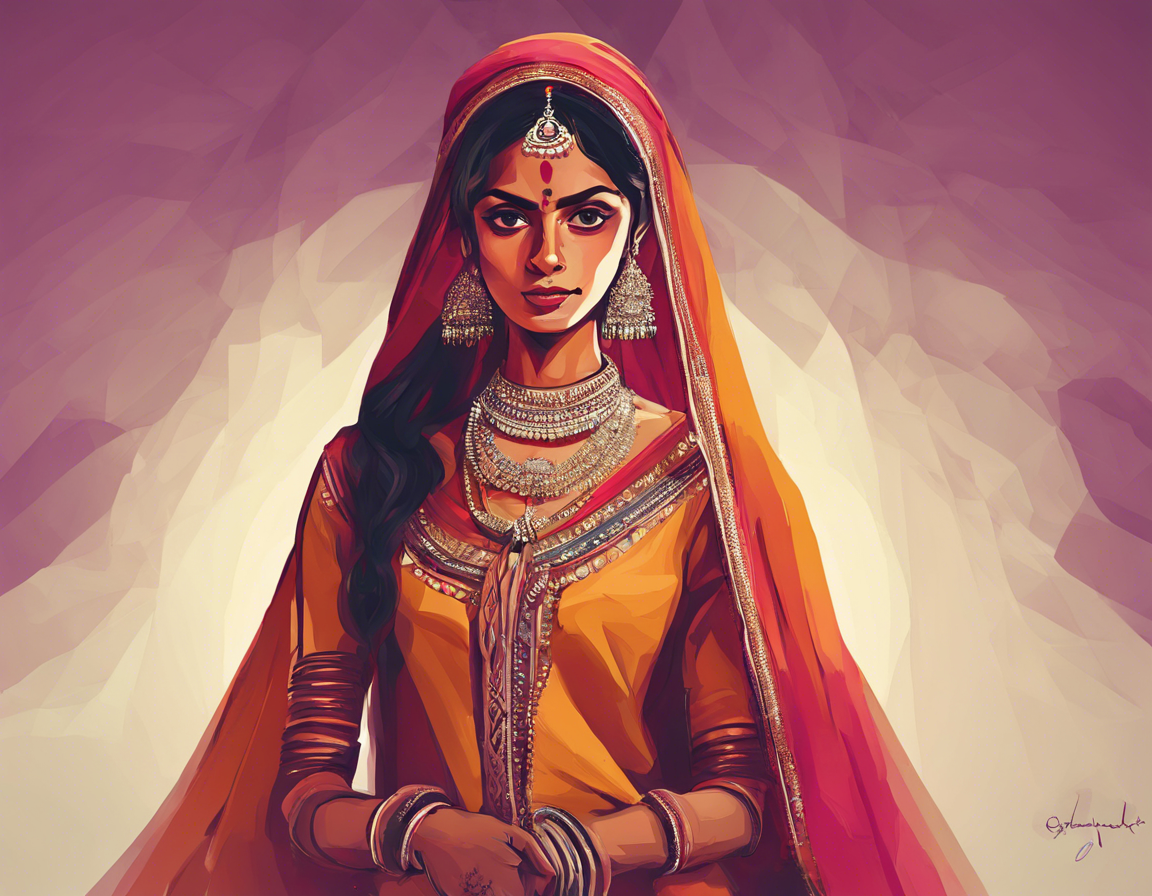Introduction:
Ghoomar Ott Dance is an exhilarating and vibrant form of traditional Indian folk dance that originated in the state of Rajasthan. Combining graceful movements with energetic footwork, this dance form embodies the rich cultural heritage of India. In this comprehensive guide, we will explore the origins, techniques, music, costumes, and significance of Ghoomar Ott Dance. Let’s embark on a journey into the colorful world of this captivating dance form.
Origins of Ghoomar Ott Dance:
Ghoomar Ott Dance traces its roots back to the royal courts of Rajasthan, where it was performed by Rajput women to celebrate various festive occasions. The dance is characterized by circular movements, twirling of the body, and rhythmic clapping, reflecting the essence of Rajasthani culture and traditions. Over the years, Ghoomar Ott Dance has evolved into a popular art form that is performed at weddings, cultural events, and festivals across India and around the world.
Techniques and Movements:
Ghoomar Ott Dance is known for its intricate footwork, graceful hand gestures, and expressive facial expressions. Dancers move in circular patterns, creating mesmerizing visual effects as they twirl and spin with precision and agility. The choreography typically includes a combination of fast-paced movements and slower, more lyrical sequences, showcasing the dancers’ skill and artistry. Each step and gesture in Ghoomar Ott Dance is steeped in tradition and symbolism, conveying stories of love, valor, and celebration.
Music and Instruments:
The music accompaniment for Ghoomar Ott Dance is usually provided by traditional Rajasthani folk instruments such as the dholak, tabla, harmonium, and sarangi. These instruments create a lively and rhythmic atmosphere that enhances the energy and vibrancy of the dance performance. The melodious tunes and beats of the music inspire the dancers to move with passion and grace, creating a seamless fusion of sound and movement that captivates the audience.
Costumes and Attire:
One of the most striking aspects of Ghoomar Ott Dance is the dazzling costumes worn by the dancers. Women usually wear vibrant, flowing skirts adorned with intricate embroidery, mirror work, and sequins, along with traditional jewelry such as bangles, earrings, and necklaces. The colorful attire adds to the visual splendor of the dance, creating a feast for the eyes that complements the rhythmic movements and artistic expressions of the performers.
Significance and Cultural Importance:
Ghoomar Ott Dance holds great cultural and social significance in Rajasthani society, serving as a symbol of community bonds, traditional values, and artistic expression. The dance is often performed during weddings, festivals, and other special occasions to celebrate joy, unity, and festivity. Through Ghoomar Ott Dance, dancers pay homage to their heritage and ancestors, keeping alive the traditions and customs that have been passed down through generations.
FAQs (Frequently Asked Questions):
- What is the history of Ghoomar Ott Dance?
-
Ghoomar Ott Dance originated in the royal courts of Rajasthan and has been a part of Rajasthani culture for centuries.
-
What are the key features of Ghoomar Ott Dance?
-
Ghoomar Ott Dance features circular movements, twirling, footwork, hand gestures, and expressive facial expressions.
-
What kind of music is used in Ghoomar Ott Dance performances?
-
Traditional Rajasthani folk instruments like the dholak, tabla, harmonium, and sarangi are commonly used for music accompaniment.
-
How is Ghoomar Ott Dance performed?
-
Dancers move in circular patterns, showcasing a mix of fast-paced and slow, lyrical movements with intricate footwork and graceful gestures.
-
What is the significance of costumes in Ghoomar Ott Dance?
- The colorful and ornate costumes worn by dancers add to the visual appeal of the performance, reflecting the rich heritage of Rajasthani tradition.
In conclusion, Ghoomar Ott Dance is a captivating art form that reflects the beauty, grace, and vibrancy of Rajasthani culture. Through its intricate movements, lively music, colorful costumes, and cultural significance, Ghoomar Ott Dance continues to enchant audiences and preserve the rich traditions of India’s cultural tapestry. Witnessing a performance of Ghoomar Ott Dance is a feast for the senses and a celebration of the artistic prowess and creativity of the dancers.
